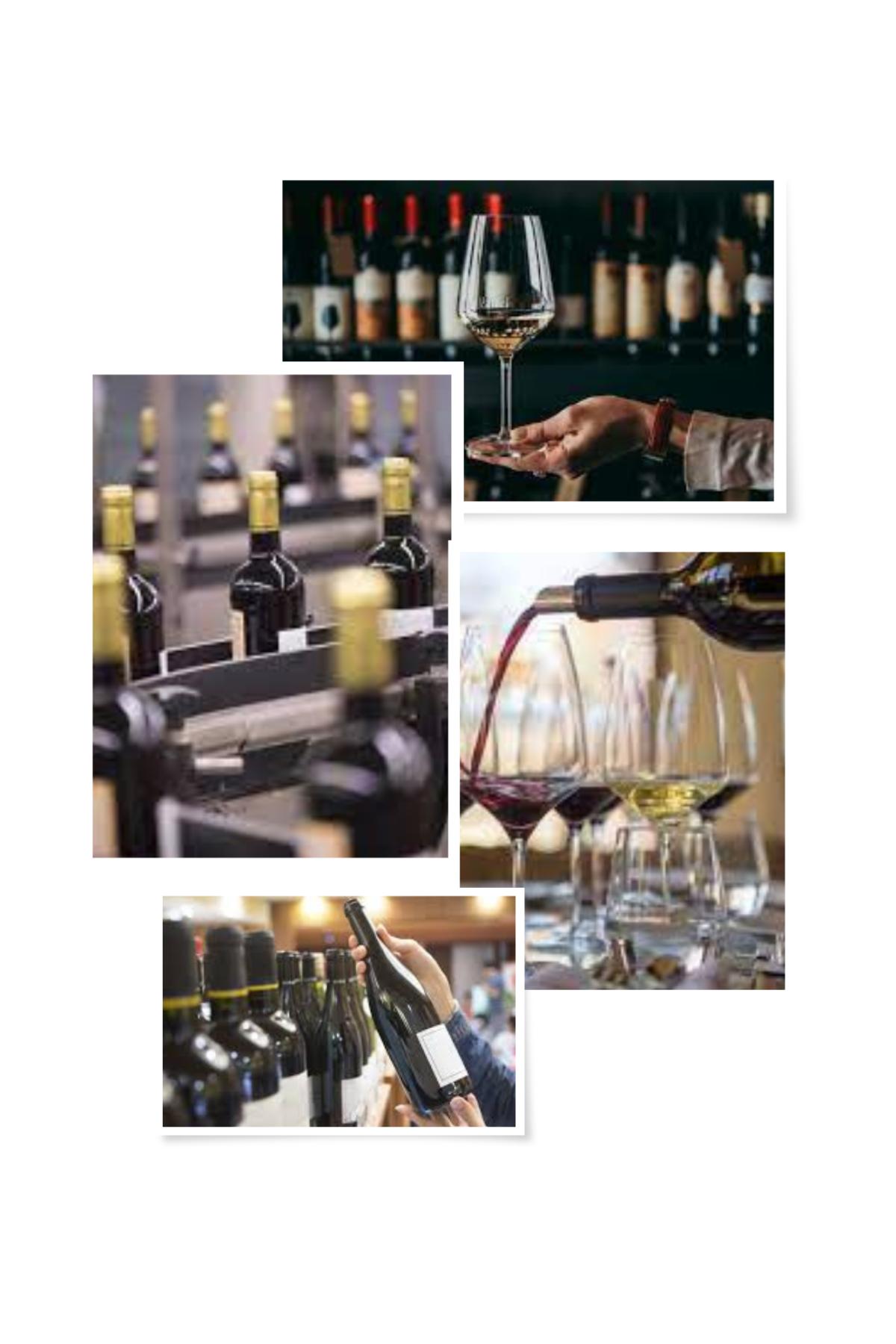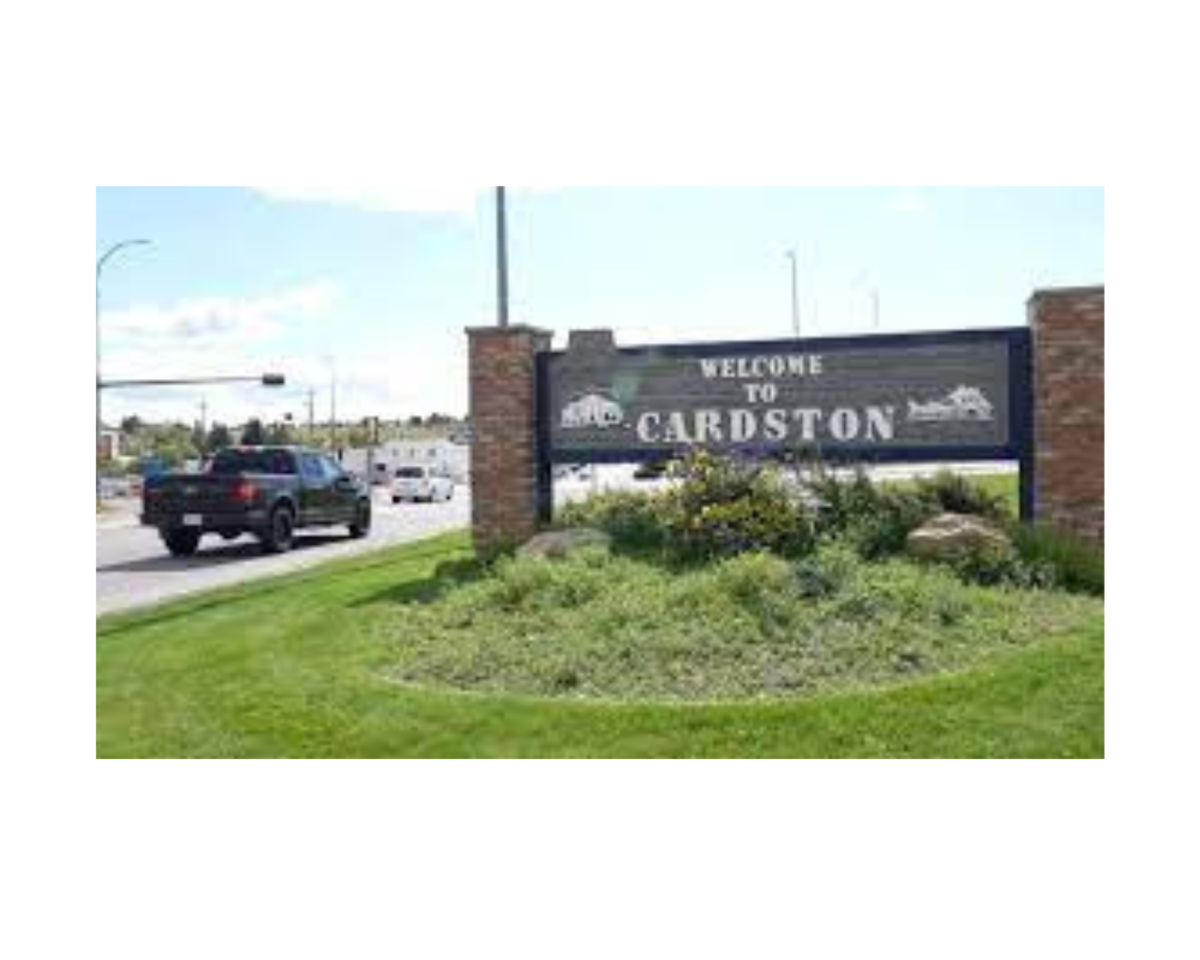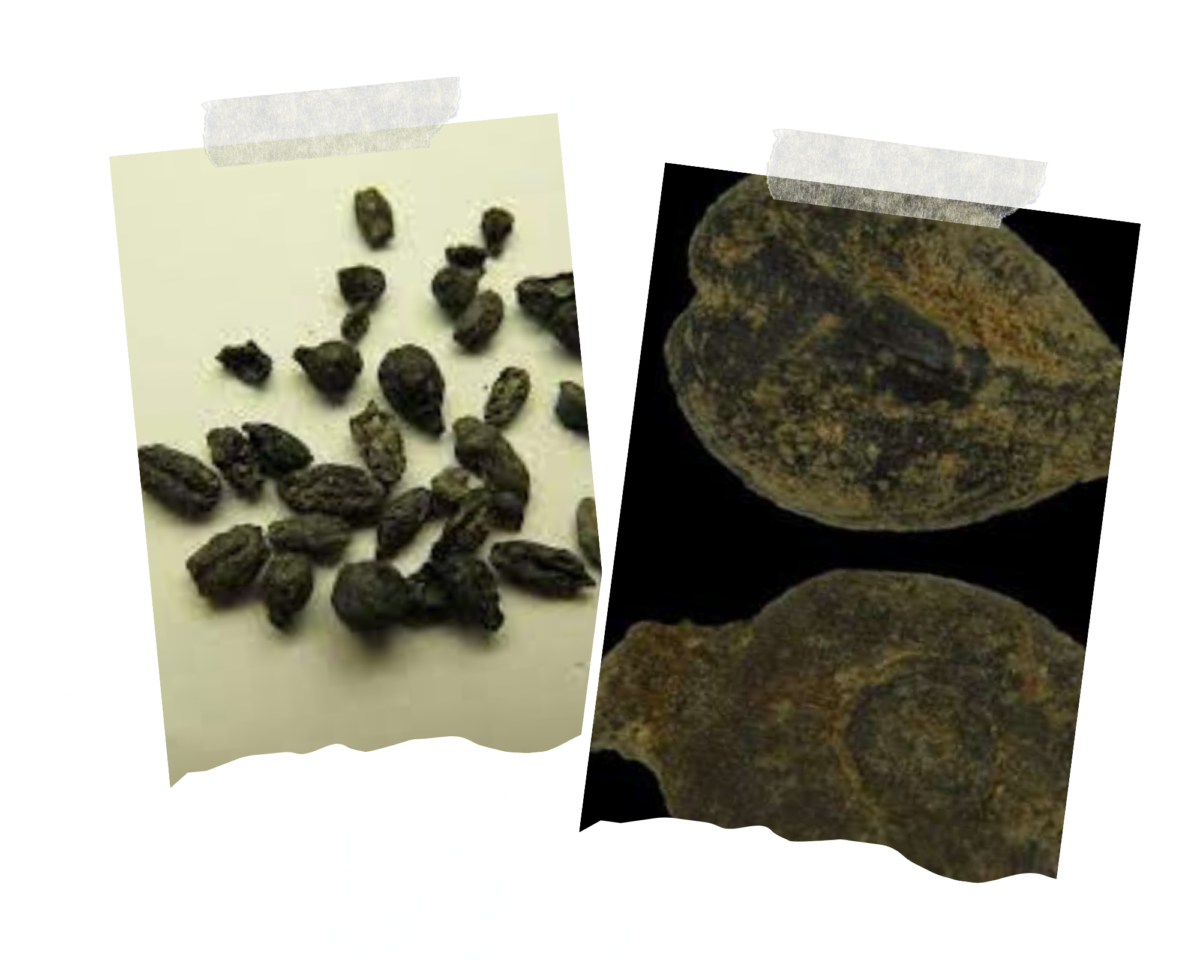For the second consecutive year, Clarendelle and Domaine Clarence Dillon, will be the official 2024 wine partners of the Academy Museum of Motion Pictures, as well as the Governors Ball.
Clarendelle was created by Prince Robert of Luxembourg, representing the fourth generation in a family story that began with his great-grandfather’s purchase of the historic Château Haut-Brion in 1935. While primarily renowned for its excellence in the worlds of oenology and gastronomy, Domaine Clarence Dillon has long been a supporter of the arts, with Prince Robert’s early professional life even including screenwriting. Today, under Prince Robert’s leadership as Chairman & CEO, Domaine Clarence Dillon has grown to include three prestigious wine estates (Château Haut-Brion, Château La Mission Haut-Brion and Château Quintus). In 2015, the company opened a Paris restaurant, Le Clarence, proclaimed one of the 50 Best Restaurants in the World. The elegant and original restaurant has enjoyed its two-star Michelin status since its opening. In the same year, “La Cave du Château” was launched, a unique fine wine merchant with an exceptional collection of wines and vintages that today enjoys four locations in Bordeaux and Paris, including its online presence at www.lcdc.wine.
Like the Academy Awards®, also steeped in a nearly century-long tradition, Clarendelle offers a contemporary expression of our times and the celebrated French “Art de Vivre.” The highly experienced Château Haut-Brion winemakers oversee the blending process for Clarendelle, vintage after vintage, as they do for the notorious Château La Mission Haut-Brion and Château Quintus estates. The Clarendelle bottles are then cellared before being released to the market when they are judged to have reached their ideal drinking age, offering the finest expression of their Bordeaux terroirs to wine lovers globally.
“Since its earliest days, our family company Domaine Clarence Dillon has been a fervent supporter and promoter of the arts both in France and on the international stage,” says Prince Robert of Luxembourg. “With Clarendelle, we are thrilled and honored to be part of the biggest night in Hollywood. We join the millions of viewers from all around the world to celebrate the outstanding achievements of the 96th Oscars nominees.”
“We are really looking forward to enjoying the exquisite menu from Chef Wolfgang Puck and his catering team, expertly paired with our wines,” continues Prince Robert. The list of Clarendelle & Domaine Clarence Dillon wines poured at all the Oscars events, catered by Wolfgang Puck Catering, includes:
La Clarté de Haut-Brion 2017
La Chapelle de La Mission Haut-Brion 2010
Clarendelle Bordeaux Red 2016
Clarendelle Bordeaux White 2022
This year, there will be a special focus on the wines of Château La Mission Haut-Brion by highlighting the exceptionally rare La Clarté de Haut-Brion 2017 and pouring one of the best second wines ever produced at this famous estate: La Chapelle de La Mission 2010.
“The finest La Chapelle de la Mission ever made.” – Robert Parker, 93 points.





